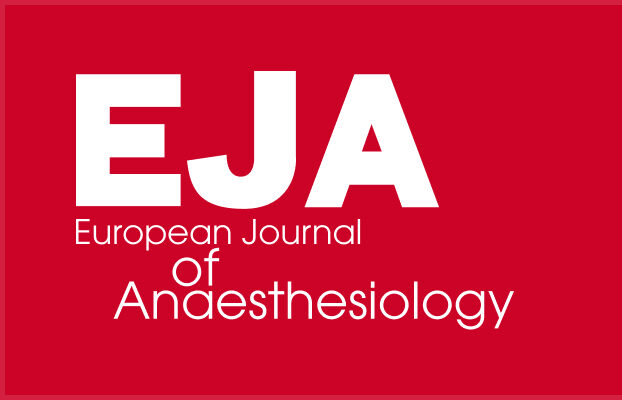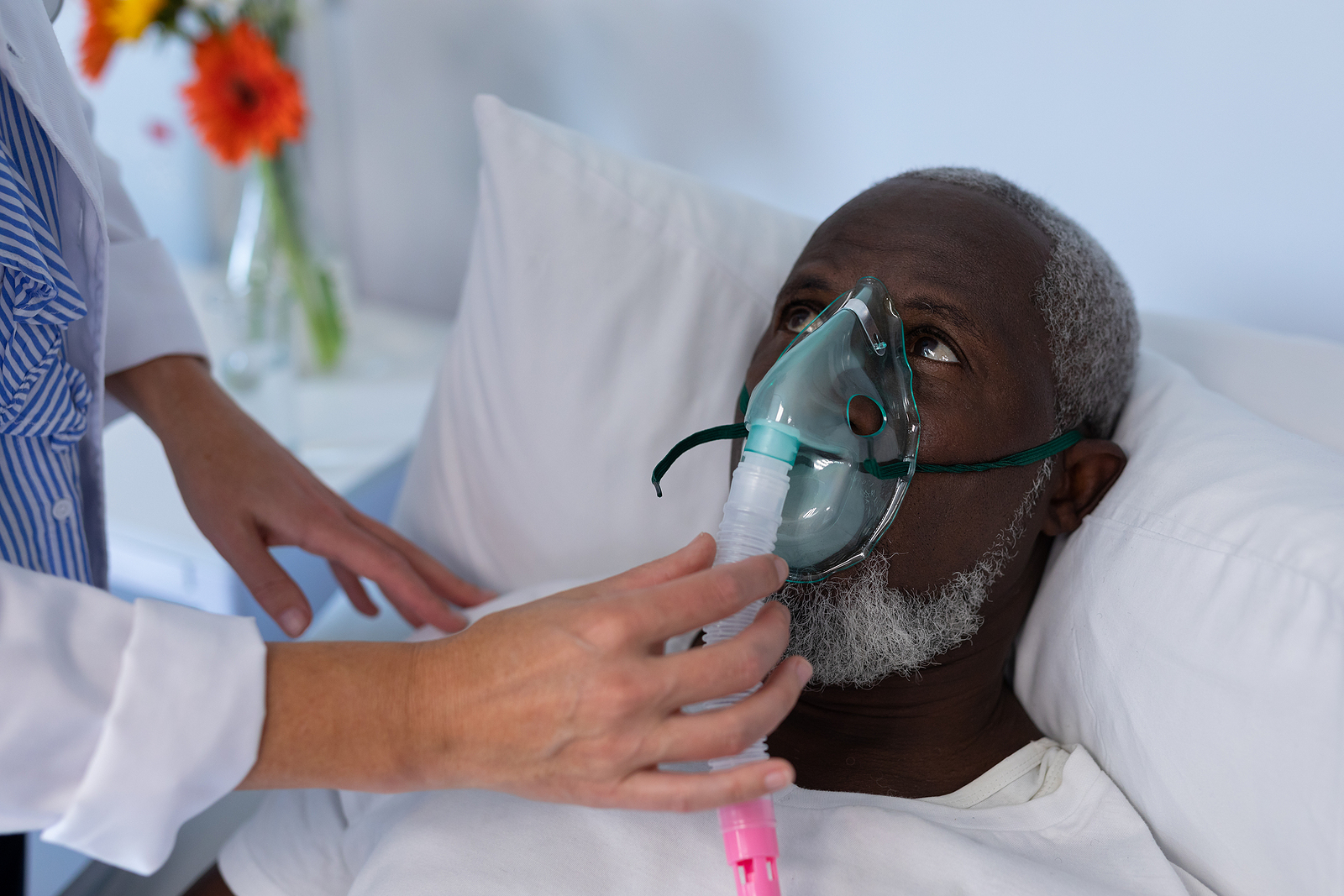Newsletter 2021
Editorial - Elective surgery and chronic critical illness- what does it mean for us?
Gabriel M. Gurman, MD
Chief Editor
Many years ago, during my residency in anaesthesia and critical care, a patient with a serious comorbidity could only very seldom become a candidate for elective surgery. The postoperative mortality rate was significantly higher in those cases in which a seriously chronically ill patient had to pass a surgical act, mainly on the cavities (thoracic, abdominal). This is the explanation for the term chronic critical illness (CCI) being introduced in the anaesthesia-critical care literature rather late (1).
The term describes a patient with a series of chronic diseases (cardiac insufficiency, chronic obstructive pulmonary disease, kidney failure, etc), who had a complicated surgical intervention and whose postoperative condition needed admission to an intensive care unit (ICU). Few days, or even one week after his/her admission, it becomes evident that the patient cannot be weaned off the ventilator. Soon, a need for tracheostomy is discussed and proposed to the family. This seems to be the first sign that the chronic patient became a chronic critical patient.
As Marchioni et al specified: “Although significantly achieving a reduction in mortality rates, ICUs also leads to a growth in the number of patients who overcome the acute stage of the disease, but who become dependent for a long time on techniques supporting one or more vital functions, therefore becoming ‘chronically critically ill’ (2).
The implications for the patient
Full, long-term recovery is not common. In the best case scenario less than 50% of these patients are discharged from the ICU, transferred to step-down units, or even to “regular” departments. One-year mortality reaches 70% and less than 10% achieve functional autonomy (3). In a very comprehensive study, done on more than 3 million patients admitted to an ICU during the years 2004-2009 (4) Kahn et al found out that 7.6% of them could be defined as suffering from CCI. In- hospital mortality for these patients was 31%.
The patient suffering from CCI is prone to develop more complications, first of all because of his/her comorbidity, but also because of the long stay in the ICU: serious sepsis, brain dysfunction (delirium), muscle weakness (ICU neuropathy-[5]), and malnutrition. It seems that the endocrine system is affected, too (2), since there is a reduction of anterior pituitary hormones secretion. The survivors might also have serious problems after discharge from the hospital: feelings of dyspnea, difficulty in communicating and pain (6).
How much of all of the above could be covered by an informed consent? How detailed an informed consent should be in order to make the patient understand the danger of the surgical-anaesthetic procedure? Most probably the solution in case of a patient with a serious comorbidity would be addition of specific data to any usual informed consent , making sure that the patient and/or his/her family understood the meaning of it.
The implications for the medical system
The first problem is the fact that a patient with a CCI is supposed to occupy an ICU bed for a long period of time. We are speaking about weeks and months till his/her situation would permit the transfer to a ward outside ICU. In most of the countries the number of ICU bed is far from being able to cover the continuous increase of patients in need for acute care.
The financial burden of the prolonged treatment in the hospital is enormous. A study published in 2005 (7) reported an overall in-hospital cost for a CCI patient up to US $ 50,000/year. Ten years later Kahn et al (4) estimated the annual cost for all the CCI patients in the USA to not less than 26 billion dollars. The explanation is simple: besides the enormous cost of hospital treatment, the necessary care after hospital discharge is complicated and expensive. It includes long periods of recuperation, equipment at home (such as sources of oxygen), frequent visits to a medical institution, etc.
The financial consequences could be disastrous in case the system is not able to cover all the needs in the post-discharge period, which means that all the hospital efforts for keeping the patient alive and stable proved to be futile.
The implications for the patient’s family
The family involvement in what happens to the patient is obvious, necessary but also difficult to manage.
From the very beginning it is absolutely necessary to explain the family that, in spite of the fact that the patient would pass an elective, “classical” surgical intervention his/her chronic medical condition might have a negative influence on the postoperative course. One has to be an expert in explaining the family this situation. A lack of clear, convincing explanations usually leads to a lack of understanding, preventing the family from efficiently contributing to patient care.
Much too often the next of kin would be requested to give the approval for some important decisions, such as performing the tracheostomy, but the lack of cooperation could have, as an effect, an unfriendly attitude from those who have not been warned about possible complications in the patient’s evolution. Nelson et al (3) found out that “in questionnaire-based interviews conducted shortly after tracheotomy, ICU patients and surrogates reported that key aspects informing the decision to provide prolonged life support were routinely omitted by physicians; for example, 80 and 93% of the respondents received no information about possible functional dependency at hospital discharge or about expected 1-year survival, respectively”.
More than this, when a critical condition is not efficiently explained and understood, some family members might develop anxiety, depression, which would complicate the relationship with the medical staff (8).
Ethical aspects in the CCI patient care
Marchioni et al (2) emphasized the difficulty to find, too often, the border between active care and futile treatment in case of a CCI patient. This should be part of the clinical judgement, and should lead to discussions regarding crucial decisions, such as connecting the patient to an ECMO machine, or discharging him/her when the negative outcome is clear.
Discharging a patient from an ICU before he/she is completely stabilised, because the medical team reached the conclusion that nothing has been left to offer to the patient, could create an hostile attitude of the family, especially in case the free bed is immediately occupied by another patient.
Many families would not be able to understand this medical team decision, and we have seen too many cases of physical violence towards those who just one day before were taking care of the patient.
And what about us?!
The psychological impact of the hard work in the intensive care units is a well-known reality. This subject is studied and many reports have been published in literature, even in the last years.
The COVID 19 recent pandemic opened a new sphere of interest for researchers, and many reports have recently been published on the psychological impact of the epidemics on medical staff. For example, Bernstein et al. (11) reported this year that: “research on prior disease outbreaks has demonstrated major impacts on the mental health of frontline health care workers. During the COVID-19 pandemic, preliminary studies revealed that a significant proportion of health care professionals, particularly at the epicenters, were experiencing unprecedented levels of anxiety, insomnia, depression, and distress”.
Unfortunately, it seems that the subject of the CCI patient’s influence on the medical staff does not interest anybody.
There is an old saying about the fact that we cannot die with every patient, but taking care of a case in which, from the very beginning, there are only slight chances of survival poses a clear psychological burden on physicians and nurses involved in the treatment.
Every single aspect mentioned above, including the impact on family, the need to make a crucial ethical decision, all can have a negative influence on our daily activity and behaviour. This is why I consider that starting an open discussion on this topic could reveal data and details unknown to many of us, and also contribute to the process of coping with a reality in which the patient under our responsibility has only a slight chance of recovery. Because hopelessness might easily induce helplessness.
References.
1.Girard K, Raffin TA Resp Care 1985;30:339
2.Marchioni A et al. Eur J Clin Investig 2015;45:1341
3.Nelson JE et al. Am J Resp Crit Care Med 2010;182:446
4.Kahn JM et al. Crit Care Med 2015;43:282
5.Schweickert WD and Hall J. Chest 2007;131:1541
6.Ruggiero RM. Am J Med Sci 2018;355:286
7.Daly BJ et al. Chest 2005;128:507
8.Hickman RJ, Douglas SL. AACN Adv Crit Care 2010;21:80
9.Colville GA et al. Pediatr Crit Care Med 2017;18 (7):e267
10.Holmberg J et al Front Psych 2020;4:11:603986
11.Bernstein CA et al. Joint Comm J Qual Patient Safety 2021;47:185











